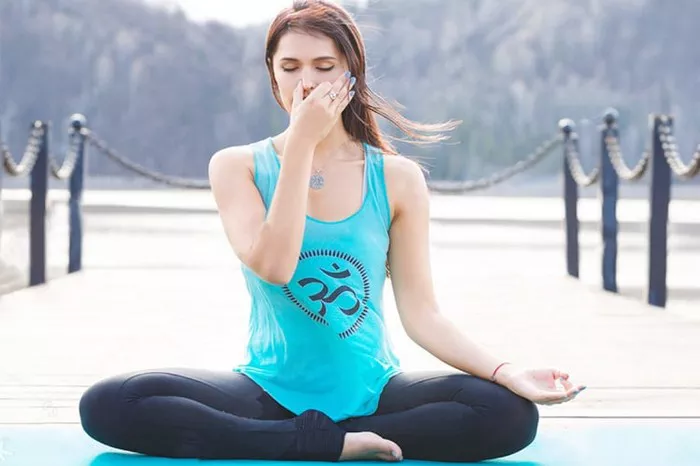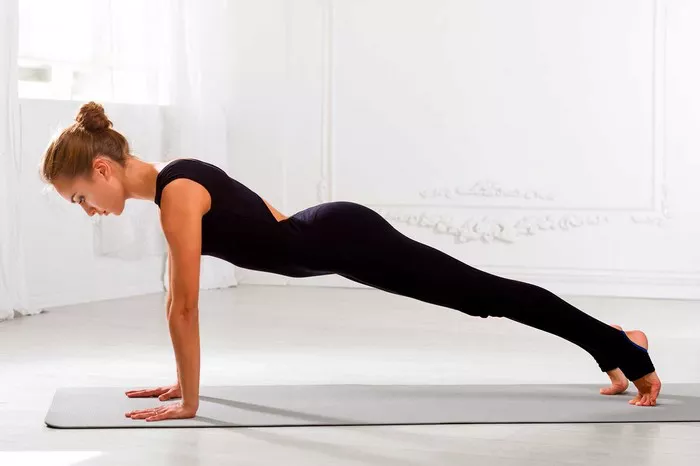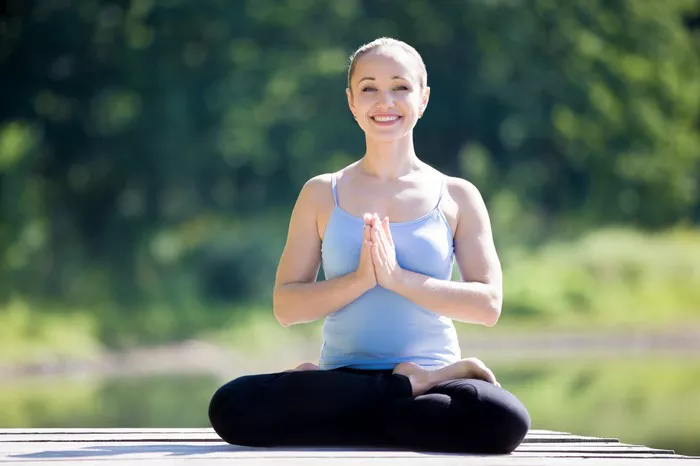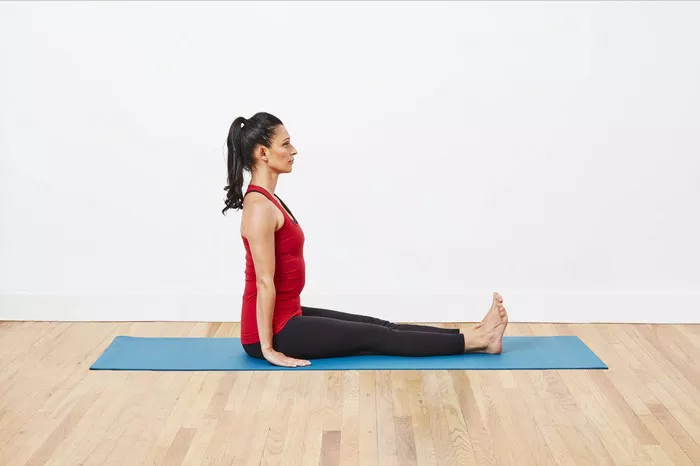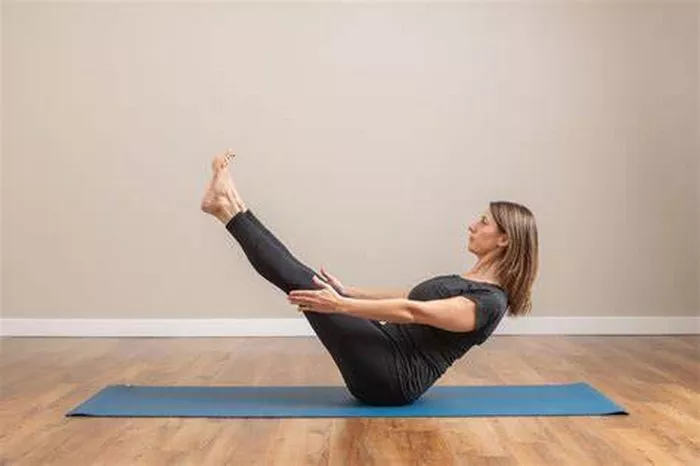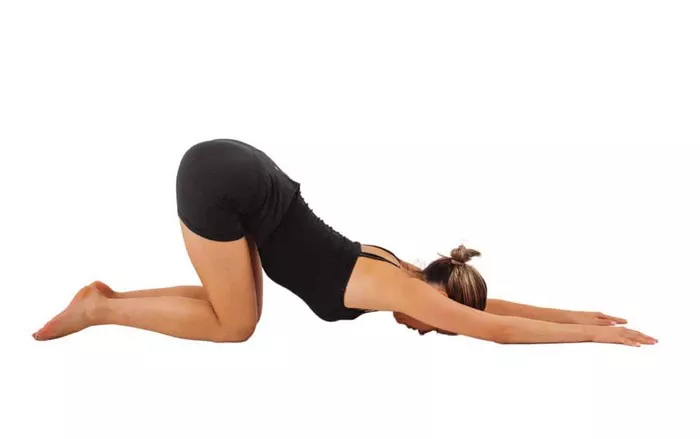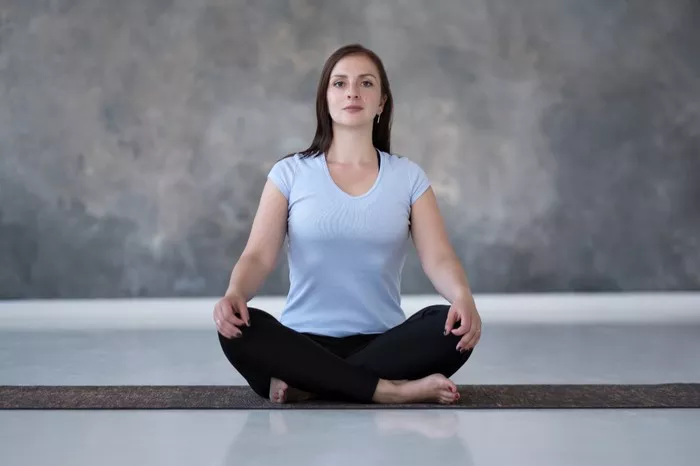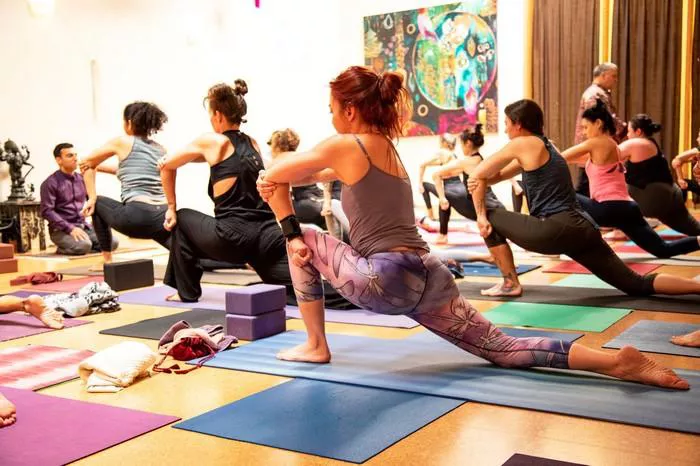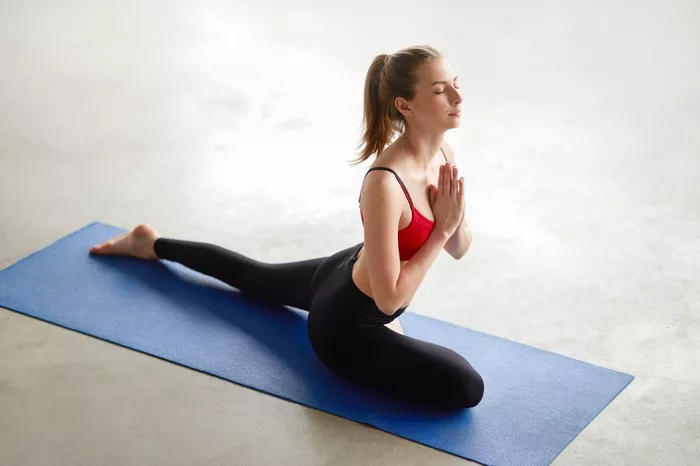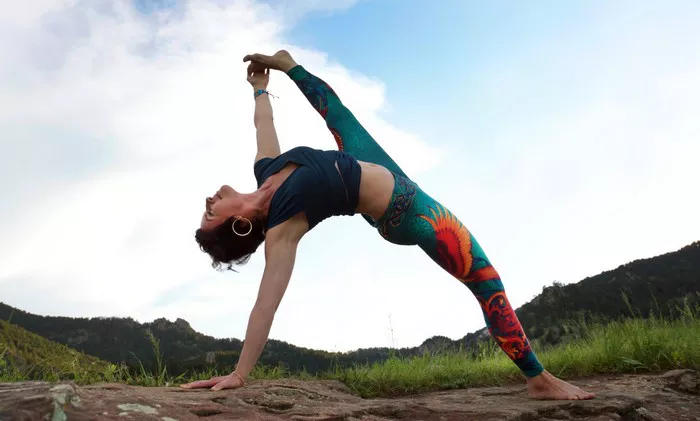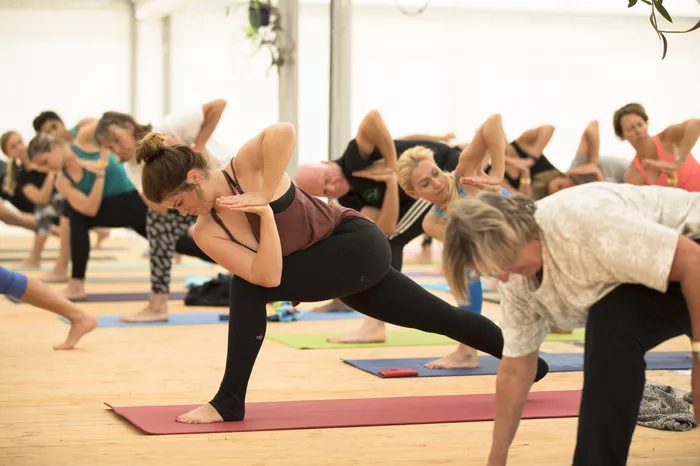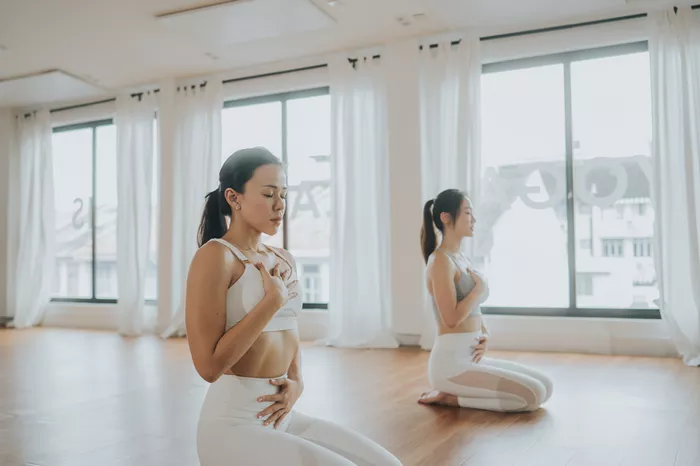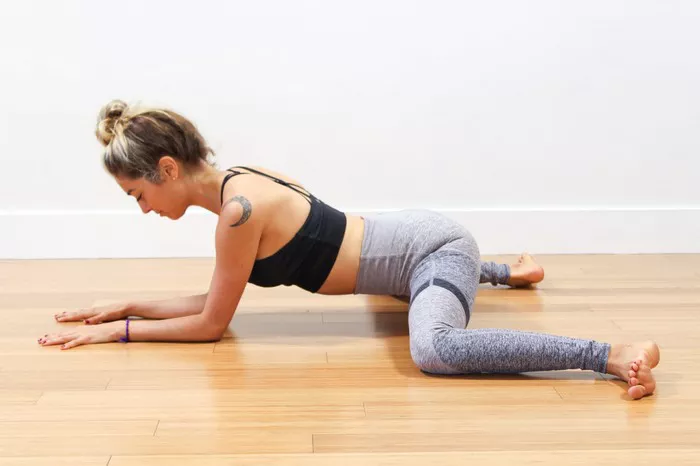Yoga blankets are a staple in many yoga studios and home practices. They’re versatile, offering support, warmth, and comfort during various poses and meditative sessions. However, not everyone has a yoga blanket on hand, or they may prefer using different props based on their needs. Fortunately, several other pieces of yoga equipment can effectively take the place of a yoga blanket without compromising your practice.
This article explores six yoga equipment alternatives to yoga blanket. Whether you’re looking for cushioning, support, or warmth, these substitutes are practical, widely available, and often already part of a standard yoga toolkit.
1. Yoga Bolster
A yoga bolster is a thick, firm cushion designed specifically for supporting the body in restorative yoga poses. Bolsters come in various shapes—rectangular and cylindrical are the most common—and are typically filled with dense cotton or synthetic materials that provide both comfort and structure.
Bolsters can substitute for a yoga blanket in many scenarios. For example:
- They provide support under the knees, spine, or neck during reclined poses.
- They’re excellent for heart-opening stretches or restorative backbends.
- In seated meditation, a bolster can offer a stable and elevated seat, just like a folded blanket would.
Unlike a blanket, a bolster offers consistent thickness and density, which makes it ideal for practitioners who need reliable support without worrying about the fabric bunching up or shifting. If you frequently use a yoga blanket for cushioning during restorative sessions, a bolster is an excellent alternative.
2. Yoga Blocks
Yoga blocks are firm foam or cork props that help with alignment and accessibility in a variety of poses. They are typically used to “bring the ground closer,” offering support in standing poses and stability in balancing asanas. However, their use extends beyond these functions.
In place of a yoga blanket, blocks can be used in the following ways:
- Elevating the hips in seated poses to maintain spinal alignment.
- Supporting the back or legs during reclined stretches.
- Acting as firm props under hands, shoulders, or feet in certain poses.
Blocks offer a stable and firm alternative to a blanket. While they don’t provide the same softness or warmth, their solid structure makes them especially useful in poses that require elevation or pressure distribution. Cork blocks, in particular, have a heavier, denser feel that adds more grounding support than most blankets can offer.
3. Folded Towels
If you don’t have specialized yoga props at home, folded towels are an easy and accessible alternative. Most households already have several bath or beach towels, making this a convenient option.
Towels can mimic the function of a yoga blanket in several ways:
- Offering cushioning under knees, elbows, or hips.
- Providing a non-slip surface when layered over a mat.
- Acting as support for gentle backbends or seated postures.
To use a towel effectively, fold it into a compact shape that resembles a folded yoga blanket. You may need to layer more than one towel to achieve the desired thickness. While towels may not have the same aesthetic or traditional feel as a yoga blanket, they can provide similar functionality, especially in a pinch or while traveling.
4. Meditation Cushions (Zafus)
Meditation cushions, often called Zafus, are typically round and filled with buckwheat hulls or firm cotton. These cushions are primarily used for seated meditation but can double as supportive props in yoga practice.
Here are some ways they serve as alternatives to yoga blankets:
- Elevating the hips for seated positions like Sukhasana or Vajrasana.
- Providing cushioning under the knees or ankles during extended holds.
- Supporting the head or chest in restorative poses.
Meditation cushions offer more structured support compared to blankets, which can be a benefit in maintaining alignment. Their ergonomic design encourages proper spinal posture and can help prevent discomfort during long holds. While they lack the wraparound warmth of a blanket, their support function is a suitable trade-off.
5. Yoga Mats (Layered or Rolled)
Though primarily designed for grip and stability, yoga mats themselves can serve as substitutes for a yoga blanket when used creatively. If you have more than one mat, layering or rolling them can provide extra padding and support.
Practical uses for yoga mats instead of blankets include:
- Rolling one to place under knees or wrists for joint cushioning.
- Folding for added seat height in seated postures.
- Doubling as a soft barrier for restorative floor-based poses.
While yoga mats don’t offer the warmth or softness of blankets, they do provide a stable surface that won’t shift around easily. Their versatility and availability make them a practical choice when a blanket isn’t available. Many practitioners already own more than one mat, making this a cost-effective option.
6. Thick Sweatshirts or Jackets
Sometimes, the best alternative is what you’re already wearing or have nearby. A thick sweatshirt, hoodie, or padded jacket can replicate many of the functions of a yoga blanket. They are soft, pliable, and can be folded or rolled into various shapes.
Ways to use clothing items as a yoga blanket substitute:
- Folded for seated cushioning or under joints.
- Rolled to support the neck, spine, or knees.
- Used for warmth during Savasana or meditation.
This option is especially useful when practicing yoga in informal settings like a hotel room, park, or friend’s home. While not ideal for every situation, thick clothing items are a surprisingly functional substitute that requires no additional investment. Plus, they add a personal touch to your practice.
Conclusion
While yoga blankets are traditional and multifunctional props, they are not the only tools you can use for support, comfort, and alignment in your practice. Yoga bolsters, blocks, folded towels, meditation cushions, yoga mats, and even thick clothing can all serve as effective alternatives. The key is to choose an item that matches your needs—whether it’s elevation, cushioning, or warmth—and use it mindfully to enhance your yoga journey.
Choosing the right substitute depends on your personal practice style and the types of poses you frequently do. Try experimenting with these alternatives to see which ones best support your body and intentions. With a little creativity, you can maintain a fulfilling and safe yoga practice without needing every traditional prop.
FAQs
Q: Can I use a pillow instead of a yoga blanket?
A: Yes, a firm pillow can serve as a substitute for a yoga blanket, especially for cushioning or gentle support. However, it may not offer the same shape-holding consistency as yoga-specific props.
Q: What is the best substitute for a yoga blanket during Savasana?
A: A thick towel, sweatshirt, or lightweight throw can provide warmth and comfort during Savasana. The key is to stay warm and relaxed, so anything soft and insulating will work.
Q: Are yoga blankets necessary for beginners?
A: Not necessarily. Beginners can use common household items like towels or cushions until they decide if they want to invest in more specialized props.
Q: How do yoga blankets differ from regular blankets?
A: Yoga blankets are typically denser, heavier, and more durable than household blankets. They’re designed to hold their shape and provide support without slipping or bunching.
Q: Can I travel with any of these substitutes easily?
A: Yes. Folded towels, thick clothing, and even inflatable cushions are travel-friendly options that can replace a yoga blanket when you’re on the go.
Q: Which alternative is best for restorative yoga?
A: Yoga bolsters and meditation cushions are most suitable for restorative yoga because they provide consistent support and help maintain posture for long durations.

